If you are a pastor or religious leader, then it’s likely that you have considered ways of making the worship experience more engaging for your congregation. LED screens can be an excellent way to enhance your church’s service and help with this. This article will explore what a church LED screen is and why they are so popular in churches today.
- What is a church LED video screen?
- A church LED screen can enhance the worship experience for your congregation.
- LED displays can help deliver sermons in a much more precise
- Benefits of use of LED screens?
- Fixed installation type or foldable?
- How to set up a LED screen?
- What are the different types of LED displays for churches?
- Where should you place your large LED screens for churches
- Conclusion
What is a church LED video screen?
LED walls for churches are large displays that can be used to display images and videos. They’re often used during services but can also be used for other purposes.
In many churches, the LED screen for church is used to show sermons or worship songs from the pastor or other leaders of the church. It allows people who cannot attend every week to know what they missed out on during their absence (e.g., someone who was sick). It also gives them an opportunity for personal prayer between services and allows more time for fellowship within their congregation after service has ended each week!
A church LED screen can enhance the worship experience for your congregation.
A wall made up of LED screen panels for church can enhance the worship experience for your congregation. It can be used for events, sermons, videos, and presentations.
LED walls for churches are becoming more popular because they provide an interactive experience that viewers will remember long after they leave the venue. The information on a digital board is more engaging than on paper, so people spend more time looking at it instead of skimming through it quickly or reading only headlines.
LED displays can help deliver sermons in a much more precise
LED screens can help deliver sermons much clearer to people sitting at the back of the church. The best way to explain this is by using an example:
Imagine you’re watching a video on your computer, and it has sound, but all you hear is static from where you are because there isn’t enough power for the speakers and other equipment. With an LED screen, however, this is not an issue! If no sound comes through your computer speakers or headphones, it means that whatever you’re watching needs more power (or doesn’t have enough). In this case, installing an external speaker system would work perfectly well, too – as long as they have good quality speakers too!
An internal speaker system would be better because they don’t provide any benefit compared to external ones since both offers similar quality output levels. However, checking out portable Bluetooth devices would make sense here if someone wanted something compact.
Benefits of use of LED screens?
Cost: LED displays are cost-effective. They don’t require a large initial investment and last for decades.
Installation: LED displays are easy to install and maintain because of their compact size. The set-up process involves:
Plug the display into an outlet.
Connecting it to your church’s existing sound system.
Connecting the display’s power cord to a standard wall socket or extension cord (if needed).
Energy efficiency: One of the most important advantages of using an LED screen over other technologies, such as projectors or plasma screens—is that LEDs use less electricity than any other type of display on the market today!
Because they’re so efficient at converting light into visual output without wasting energy, they’ve become popular with consumers who want something that won’t break their budget while still delivering high-quality images during presentations or events at home churches too!
Fixed installation type or foldable?
The cost is the next important thing to consider when deciding whether to go with a fixed installation or a foldable screen. Fixed installations are more expensive than foldable, but this can be offset by the fact that they can be used for multiple purposes and events.
Foldable screens are also more portable since they don’t require additional hardware, making them ideal for use in different locations throughout your church’s building. If you have enough space in one room or area of your church building, you should invest in these display panels instead of using plastic sheets on top of desks, as seen in some churches today!
How to set up a LED screen?
The first thing to do is set up your LED screen before the service. It will ensure that you are ready to go when it’s time to start the show. In addition, it also helps if there’s an open space in front of your podium so that people can see what’s going on during their times at worship services.
When setting up your LED screen for church, ensure everyone gets their viewing area where they can comfortably watch what’s happening on stage without being distracted by other members’ conversations or activities in other parts of the building.
What are the different types of LED displays for churches?
There are many different types of LED displays, each with advantages and disadvantages. The best type of display for your church will depend on what you want to use it for. Here’s a quick overview:
Video Walls allow you to show videos or other images on multiple screens at once. They’re great for churches that want to show live services or other events such as concerts or plays, but they’re also helpful in any location with plenty of room for multiple screens.
Picture walls contain one large image that can be used as an amplifier effect if necessary; this makes them similar to video walls, except they need less space than either option above!
Where should you place your large LED screens for churches?
Now that you’ve chosen a LED screen for church and decided on the best location, it’s time to make sure everyone can see it. As with any other type of display, the size and placement of your screen will depend on its intended use. Here are some guidelines:
Make sure all congregation members can see at least 75% of your screen.
It means ensuring there isn’t anything in front of or below it that could obstruct its view or reduce visibility, like pews blocking windows or people sitting behind them.
Consider placing your screen somewhere it can be seen without being obstructed by anything else around it, like chairs or people sitting behind them.
For example: If you want everyone in the church who wants their own Easter egg hunt during Easter Sunday morning services, then position yourself, so they don’t get lost while searching for eggs hidden throughout the building!
Conclusion
LED walls for churches are a great way to enhance your church’s worship experience. They can help deliver sermons much clearer, but they also offer many other benefits, such as improved lighting and sound quality. This guide has outlined essential points before deciding which type of church LED screen will work best for your congregation.
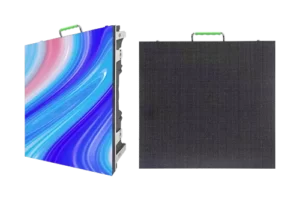







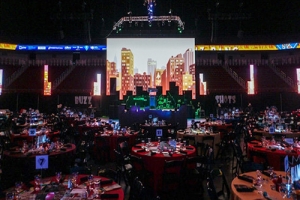

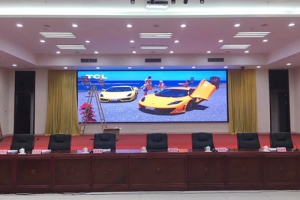
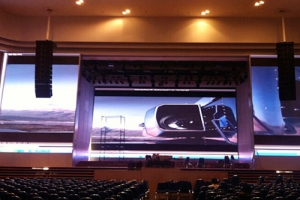
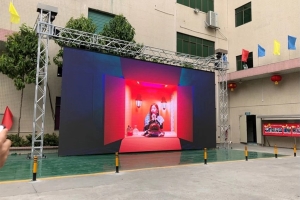
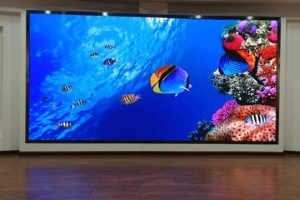
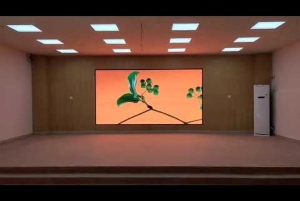
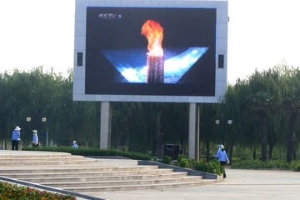






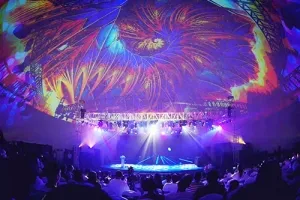

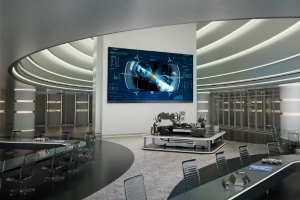






 Language
Language 




